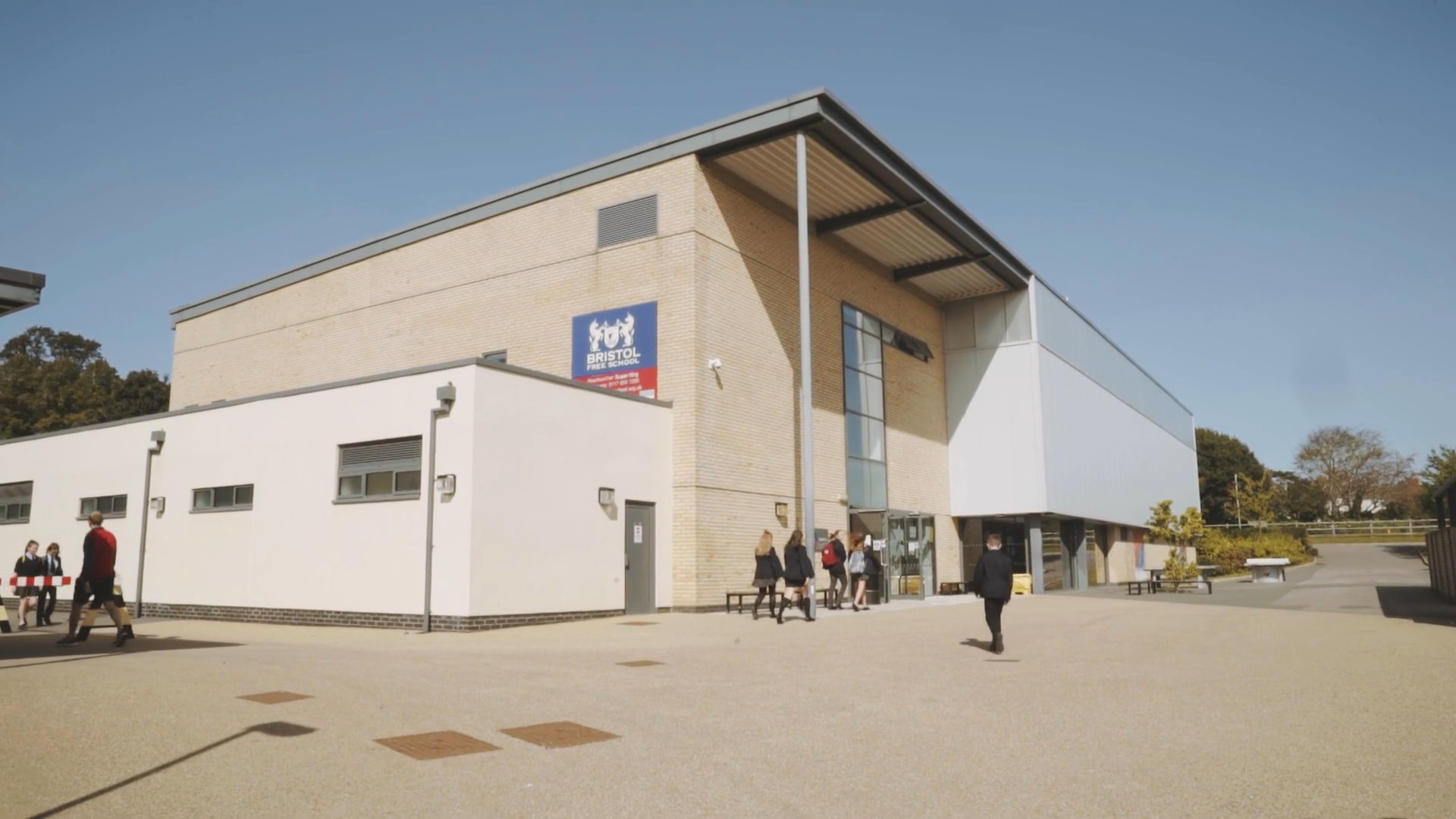
Students will learn to calculate simple interest, percentage increases and decreases, reverse percentages, repeated percentage change and compound interest.
Students will use grouped frequency tables and construct frequency polygons. They will calculate statistics from given data and use this information to compare distributions. Students will learn to recognise misleading graphs. Students will collect, present and interpret data in order to test an hypothesis.
Students will explore the properties of polygons, find internal and external angles of regular polygons and learn why some polygons tessellate and some do not.
50 minute assessment on T1 topics (Calculator)
Competence with percentages benefits our students’ functioning in society: sales, interest rates, taxes. Students are encouraged to question “why”; they compose proofs and arguments and make assumptions when analysing a problem. For example, students develop algebraic fluency throughout the curriculum. Algebra is a uniquely powerful language that enables students to describe and model situations. The topic of algebra provides opportunities for students to develop a sense of “awe and wonder” by using letters to represent variables. Students are encouraged to question “why”; they compose proofs and arguments and make assumptions. Students learn geometrical reasoning through knowledge and application of angle rules.
Students own social development is widened through paired work where students discuss mathematical concepts and solve unfamiliar problems.. .
Students will learn about scatter graphs and correlation. Draw and interpret cumulative frequency diagrams and estimate the mean from grouped data. They will use two-way tables to solve problems.
Students will learn about distance/time graphs and exponential growth.
Students will discover Pythagoras’ Theorem and use it to find missing sides in a right-angled triangle. They will use Pythagoras’ Theorem to solve problems.
50 minute assessment on T1 and T2 topics (Calculator)
Student’s understanding of statistics is developed to a depth that will equip them to identify when statistics are meaningful or when they are being used inappropriately (eg in newspapers or on social media). The skill of interpreting data will benefit students’ functioning in society. Students will understand how to interpret graphs and charts. When solving mathematical problems students will develop their creative skills. All mathematics has a rich history and a cultural context in which it was first discovered or used. The opportunity to consider the lives of specific mathematicians is promoted when studying Pythagoras’ Theorem.
Students own social development is widened through paired work where students discuss mathematical concepts and solve unfamiliar problems.. .
Students will review addition, subtraction, multiplication and division of fractions and mixed numbers. They use this knowledge and understanding to complete calculations using simple algebraic fractions.
Students will learn how to expand the product of two and more brackets, factorise quadratic expressions and find the difference of two squares.
Students will learn how to write numbers in standard form, and complete calculations involving standard form.
They will learn how to calculate upper and lower bounds.
50 minute assessment on T1, T2 and T3 topics (Non-calculator)
Students are encouraged to question “why”; they will explore the links between area and algebra. The topic of algebra provides opportunities for students to develop a sense of “awe and wonder” by using letters to represent variables. Students develop algebraic fluency throughout the curriculum. Algebra is a uniquely powerful language that enables students to reflect on experiences in order to describe and model situations. Mathematics provides opportunities for students to develop a sense of “awe and wonder”. Standard form promotes “awe and wonder” by providing a way for students to write extremely large and extremely small numbers.
Students own social development is widened through paired work where students discuss mathematical concepts and solve unfamiliar problems.. .
Students will learn how to find the surface area and volume of a cylinder and of composite solids involving cylinders.
Students will learn how to plot straight line graphs with and without a table. They will use graphs to solve simultaneous equations, quadratic equations and cubic equations.
50 minute assessment on T1, T2, T3 and T4 topics (Calculator)
Students develop algebraic fluency throughout the curriculum. Algebra is a uniquely powerful language that enables students to describe and model situations. The topic of algebra provides opportunities for students to develop a sense of “awe and wonder” by using letters to represent variables.
Students own social development is widened through paired work where students discuss mathematical concepts and solve unfamiliar problems.. .
Students will calculate measures of speed, distance, time, density, mass and volume.
Students will learn how to find trigonometric ratios. They will use trigonometric ratios to find missing angles and lengths in right-angled triangles. They will use trigonometry to solve problems.
50 minute assessment on T1, T2, T3, T4 and T5 topics (Calculator)
Understanding compound units will benefit students’ functioning in society, as they will be able to calculate speeds, distances, times etc. When solving mathematical problems students will develop their creative skills.
Students own social development is widened through paired work where students discuss mathematical concepts and solve unfamiliar problems.. .
Students will use Venn diagrams and frequency trees to solve problems.
Students will learn how to find nth terms of quadratic sequences and those involving fractions and indices. Students will explore and generalise Fibonacci type sequences.
Students will convert between fractions, ratios and percentages. They will be able to find the proportion of a shape that is shaded and solve problems involving proportion.
Some students will explore the circle theorems and use these theorems to solve problems.
End of year examination - two 50 minute assessments on all topics taught in Year 9 (Paper 1 non-calculator, Paper 2 calculator)
When solving mathematical problems students will develop their creative skills.
Students own social development is widened through paired work where students discuss mathematical concepts and solve unfamiliar problems.. .